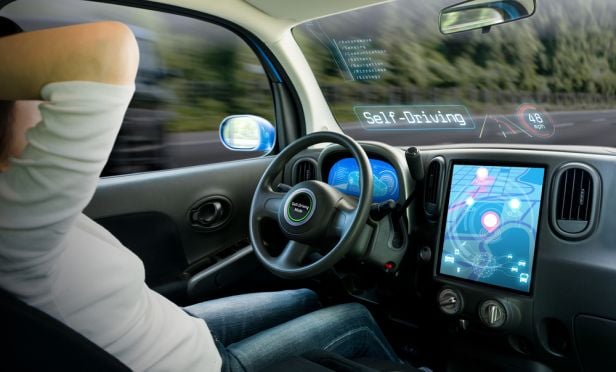
(Bloomberg) – Uber Technologies Inc.'s self-driving system detected the woman who was struck and killed by one of the company's autonomous vehicles in March, but the car's automatic braking system was disabled, according to federal safety investigators.
|Sensors recognized emergency braking was needed
The car's radar and lidar sensors observed the pedestrian about six seconds before impact, according to a preliminary report about the incident released Thursday by the National Transportation Safety Board (NTSB). The report does not establish probable cause of the collision.
Elaine Herzberg, 49, who was walking her bicycle across the street in Tempe, Arizona, was identified by the sensors first as an unknown object, then as a vehicle and then as a bicycle, the NTSB said.
At 1.3 seconds before impact, the system recognized that emergency braking was needed, but Uber disables Volvo's automatic emergency braking system in its SUVs while in autonomous mode to “reduce the potential for erratic behavior,” the NTSB said, citing the company.
|'System not designed to alert the operator'
“The vehicle operator is relied on to intervene and take action,” the NTSB wrote in the report. “The system is not designed to alert the operator.”
Recommended For You
Want to continue reading?
Become a Free PropertyCasualty360 Digital Reader
Your access to unlimited PropertyCasualty360 content isn’t changing.
Once you are an ALM digital member, you’ll receive:
- Breaking insurance news and analysis, on-site and via our newsletters and custom alerts
- Weekly Insurance Speak podcast featuring exclusive interviews with industry leaders
- Educational webcasts, white papers, and ebooks from industry thought leaders
- Critical converage of the employee benefits and financial advisory markets on our other ALM sites, BenefitsPRO and ThinkAdvisor
Already have an account? Sign In Now
© Touchpoint Markets, All Rights Reserved. Request academic re-use from www.copyright.com. All other uses, submit a request to [email protected]. For more inforrmation visit Asset & Logo Licensing.







